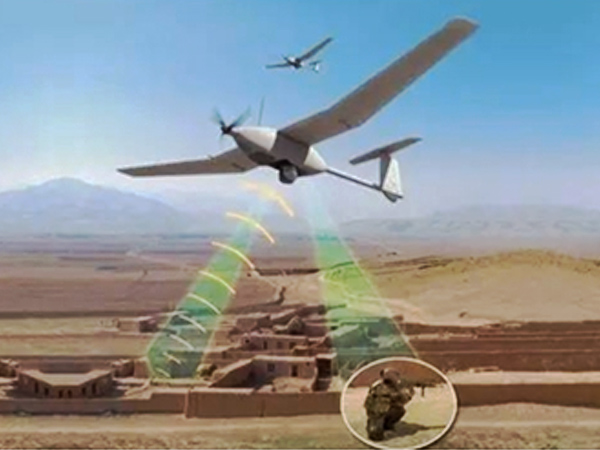The applications of laser technology in missile guidance, reconnaissance, electro-optical interference, and laser weaponry have significantly enhanced military combat efficiency and strength. Moreover, the progress in laser technology opens up new possibilities and challenges for future military development, making significant contributions to international security and military capabilities.
The Application of Laser Technology in the Military Field | TEYU S&A Chiller
With the continuous advancement and development of modern technology, laser technology has emerged as a novel means of warfare and has become a vital component of military equipment. Its applications in missile guidance, reconnaissance, electro-optical interference, and laser weaponry have significantly enhanced military combat efficiency and strength. Moreover, the progress in laser technology opens up new possibilities and challenges for future military development, making significant contributions to international security and military capabilities. Let's delve into the applications of laser technology in the military field together.
Laser radar, a radar system that utilizes laser beams to detect target positions and velocities, enables the detection, tracking, and identification of aircraft, missiles, and other targets. By comparing transmitted detection signals (laser beams) with received reflection signals, laser radar provides valuable insights.

Laser weapons, on the other hand, represent directed energy weapons that use highly intense laser beams to destroy or neutralize enemy aircraft, missiles, satellites, personnel, and more. Commonly employed laser types include chemical, solid-state, and semiconductor lasers.
Laser guidance is a technology used to control the flight direction of aircraft or guide weapons to hit targets precisely. Its advantages include high accuracy, flexible target acquisition, cost-effectiveness in combat, excellent resistance to interference, and user-friendly operation.
Laser communication employs laser beams as carriers to transmit information, offering advantages over radio wave communication. It is less affected by weather, terrain, and objects, and boasts high information capacity, multiple transmission channels, good directionality, concentrated energy, strong security, lightweight equipment, and cost-effectiveness.
Laser alarm technology is a method used to intercept, measure, and identify enemy laser threat signals while providing real-time alerts. When the laser beam shines on the receiving system, it converges onto a photoelectric sensor, which, after signal conversion and analysis, issues an alarm signal.
Laser reconnaissance employs laser technology for multispectral imaging (holography) to identify camouflaged targets. This technique significantly supports military intelligence, enabling efficient target identification and enhancing operational effectiveness.

Specializing in laser industry development, TEYU S&A Chiller has been continuously innovating, focusing on user needs and iteratively updating laser chillers. TEYU S&A laser chillers deliver stable and continuous cooling support for laser processing equipment such as laser cutting, welding, engraving, marking and printing, thereby propelling the advancement of laser technology.

We're here for you when you need us.
Please complete the form to contact us, and we'll be happy to help you.




































































































